1. Start with Light Colors
Begin coloring with light shades, such as yellow or pale pink, and gradually layer darker colors on top. This helps maintain clean, vibrant hues without muddiness.
If you apply dark colors first, it becomes difficult to overlay lighter colors effectively, making adjustments harder.
2. Gradually Increase Pressure (Light → Strong)
Start by applying light pressure to create a base layer.
Gradually build up layers, applying more pressure only where you need deeper tones.
For shadows or edges, it’s especially effective to press harder at the end to add definition and contrast.
3. Make Use of Layering
By lightly applying the first layer, you make it easier to layer additional colors.
Rather than trying to make a color dark in one go, layering repeatedly in the same area adds depth and reduces patchiness.
4. Color in One Direction or with Small Circular Motions
Keeping your strokes in a consistent direction makes the surface look smooth and even.
Coloring in small circular motions also helps create a uniform texture without leaving visible lines.
5. Blend Colors Across Boundaries
To create a smooth gradient, lightly layer a transitional color where two shades meet—for example, adding purple between red and blue.
6. Use White or Light Colors to Blend
Finish by overlaying white, beige, or other light colors to gently blend the layers together. This softens the transitions and creates a more cohesive look—like a form of “dry blending.”
At this stage, applying slightly stronger pressure is fine.
Summary
When using colored pencils, start with a light touch and apply thin layers.
It may take time, but being mindful of this approach will allow you to build up colors beautifully and achieve a rich, polished finish.
If you want to learn how to paint better, check out the following articles.
-



Adult Coloring – Why Is It So Popular?
-



Let’s work on the paint line.
-


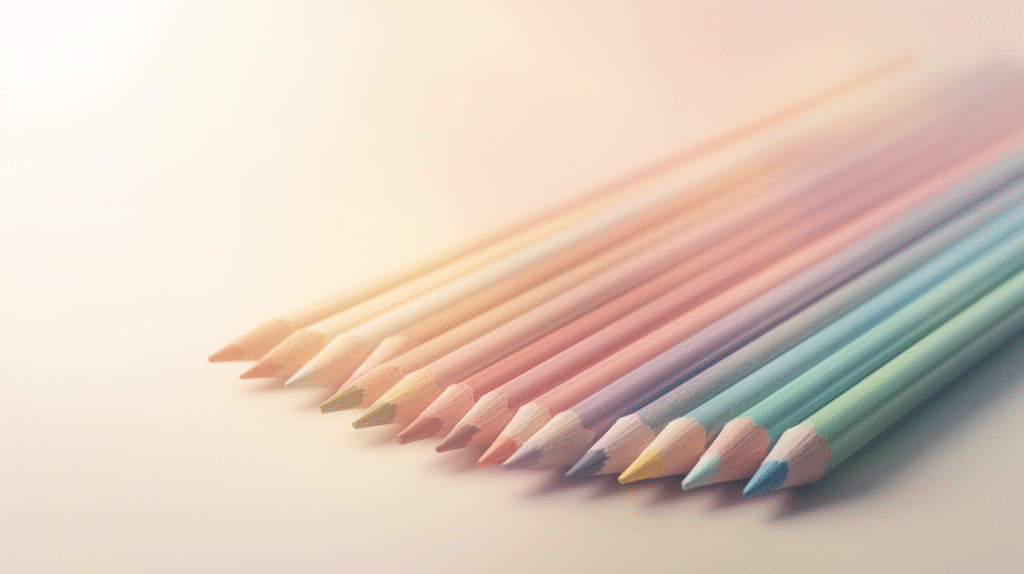
Basic Tips for Coloring Beautifully with Colored Pencils
-


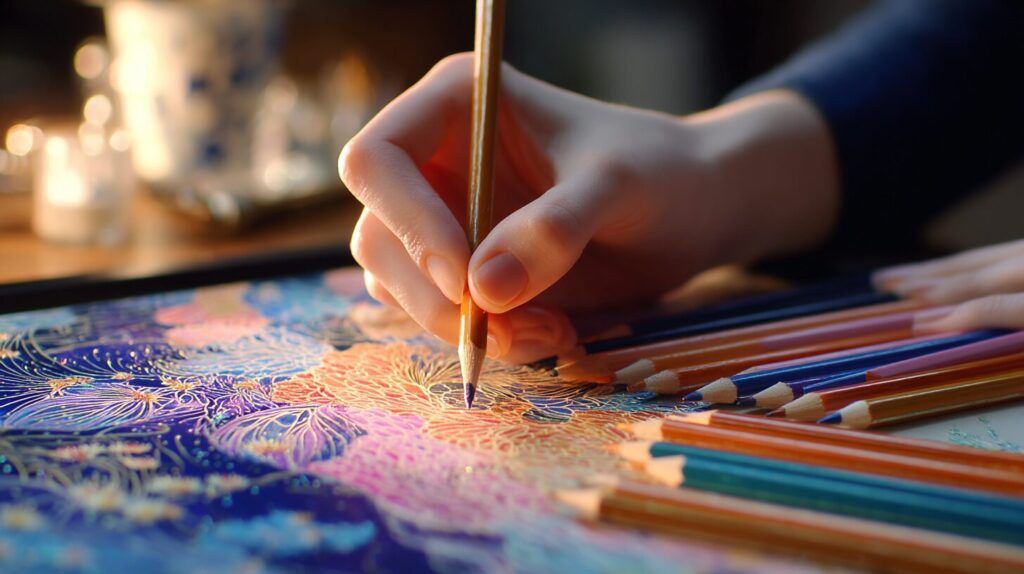
Basic Colored Pencil Techniques for Beautiful Results
-


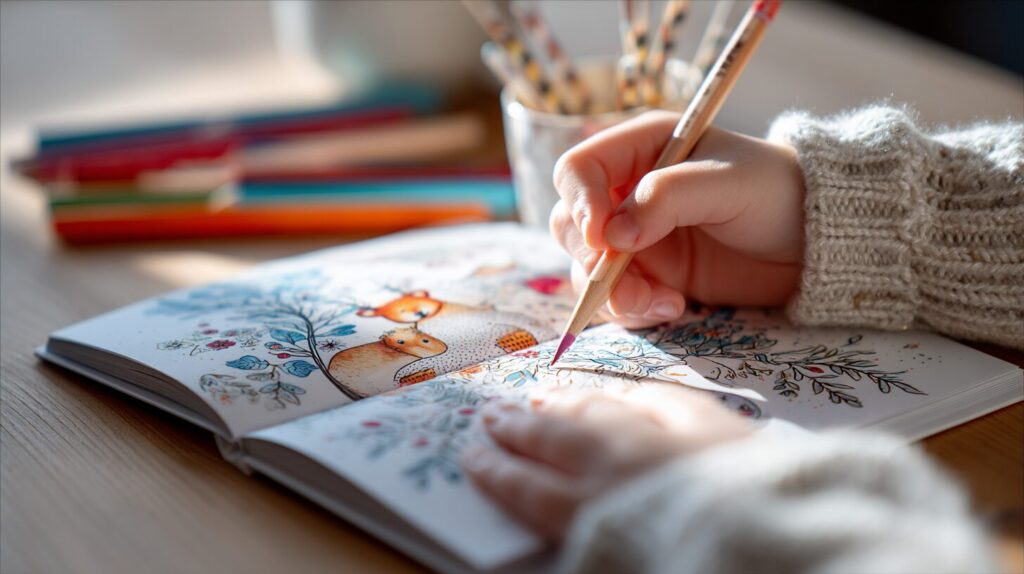
Unlock Your Child’s Potential! 5 Surprising Benefits of Coloring
-


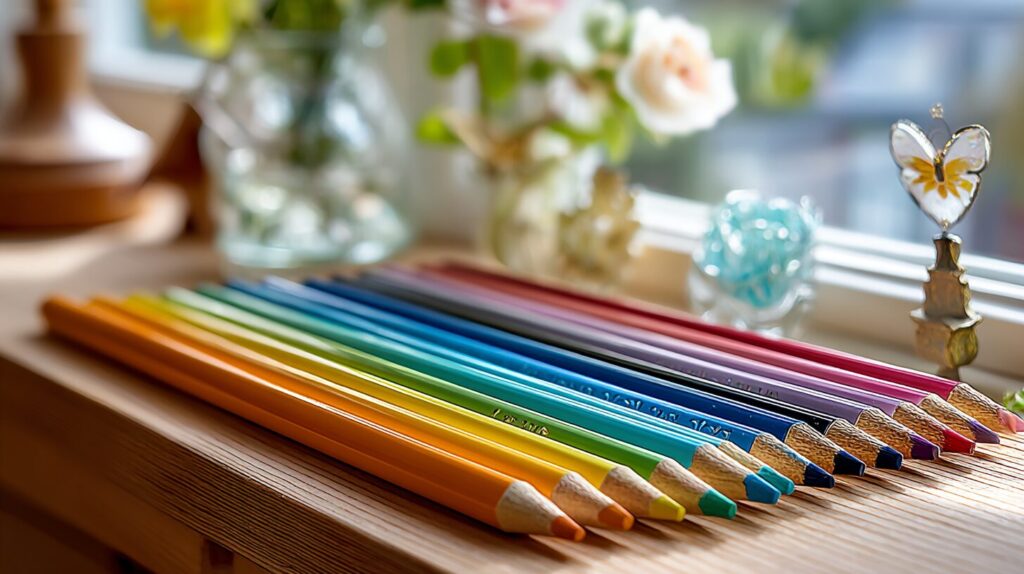
How to Create Vibrant and Deep Colors with Just 12 Colored Pencils
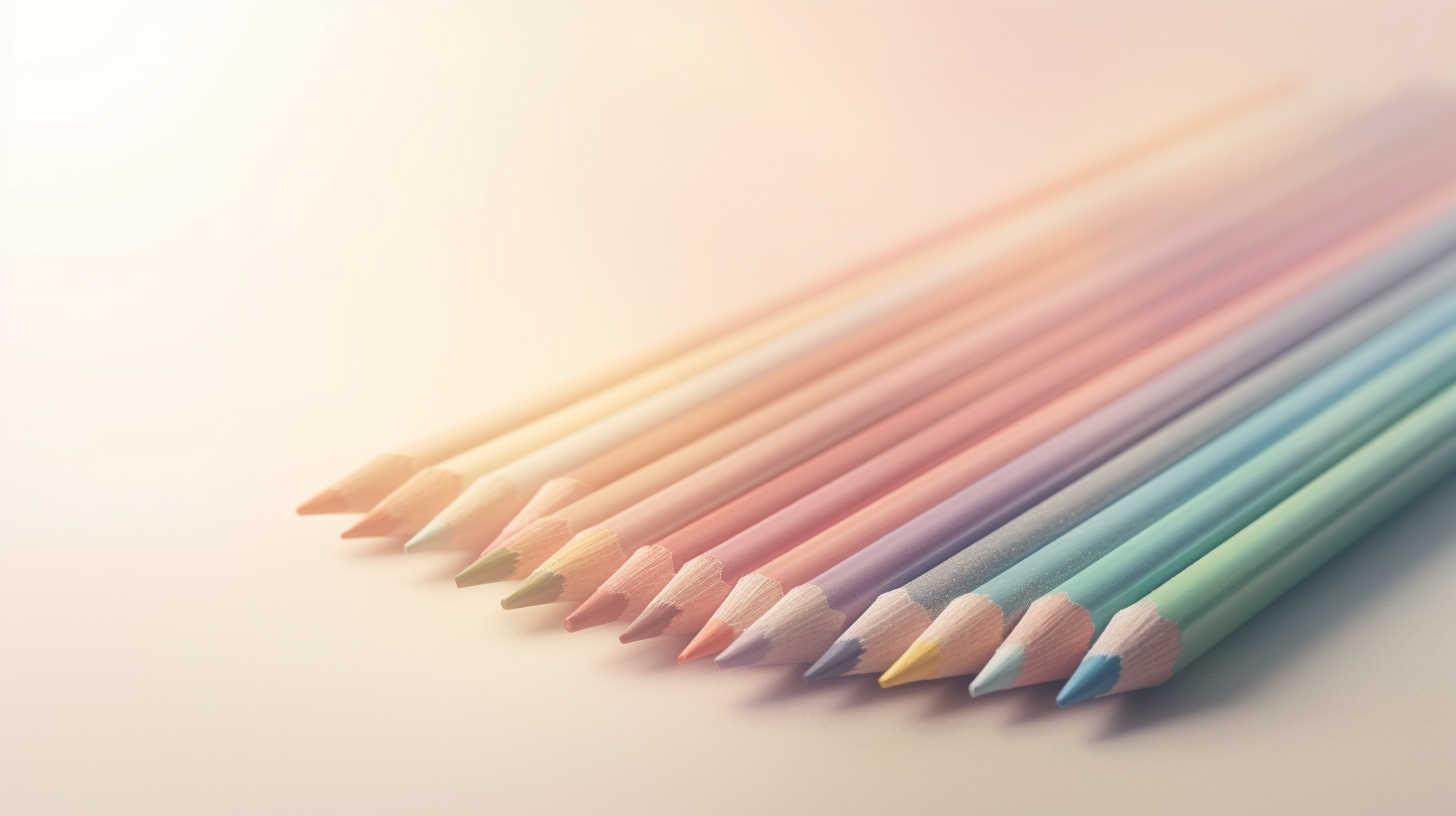
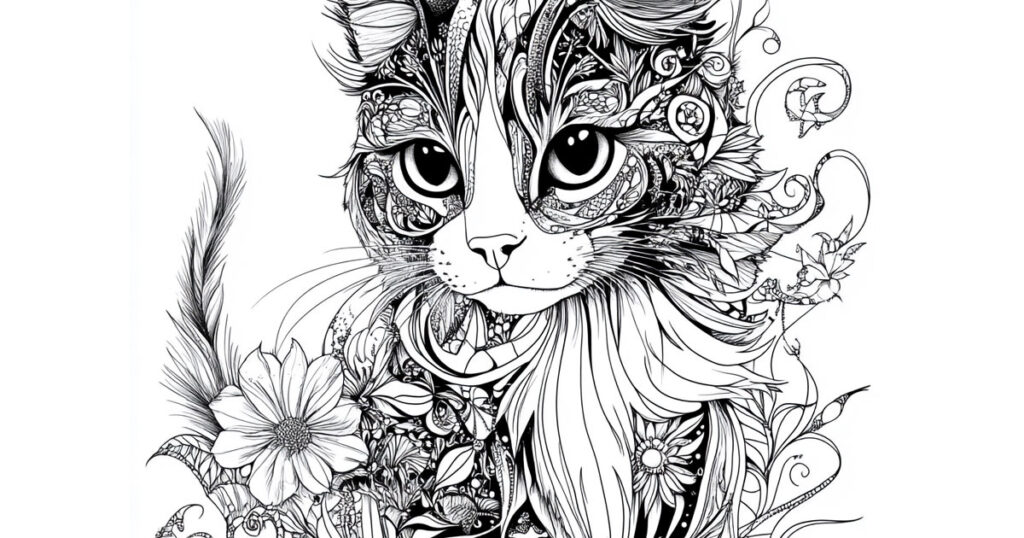
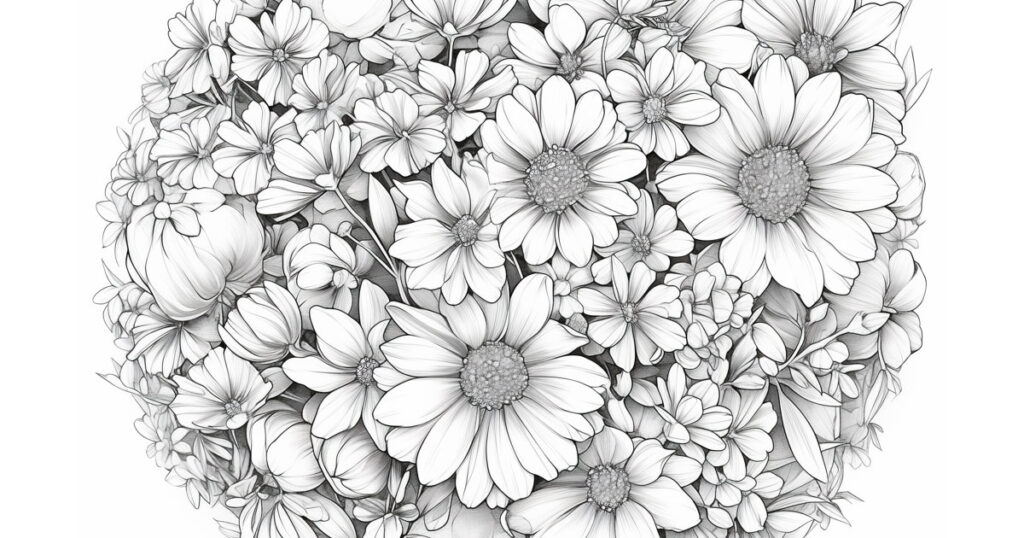
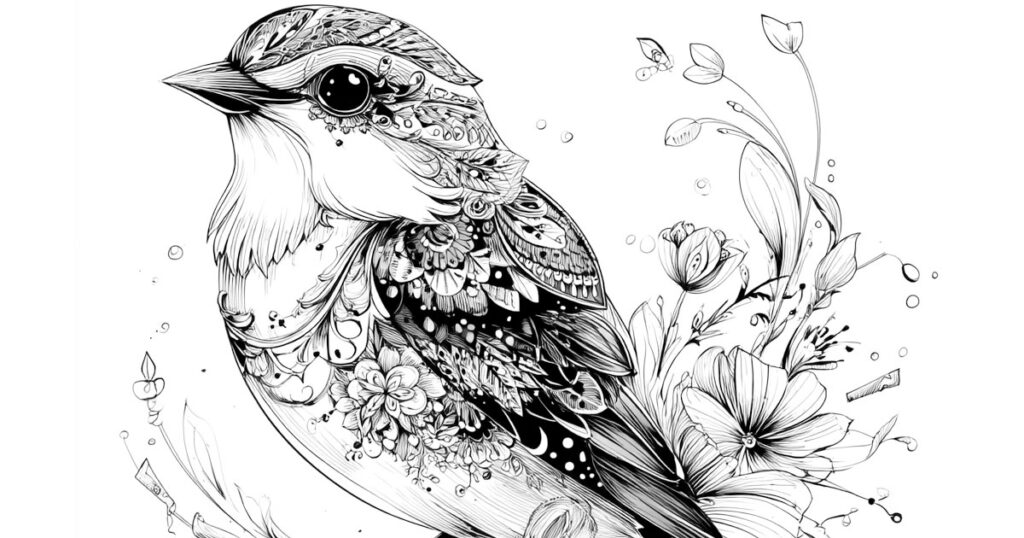
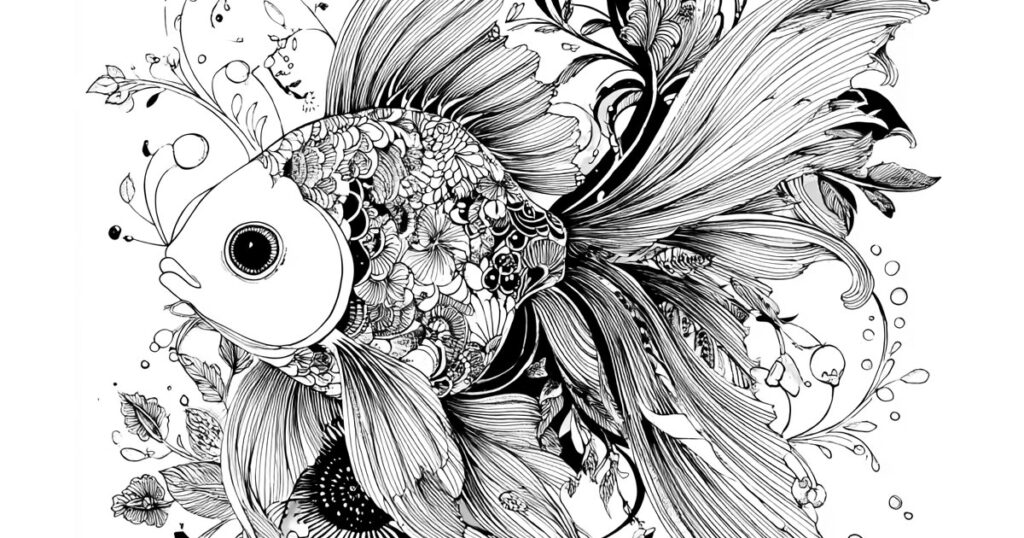






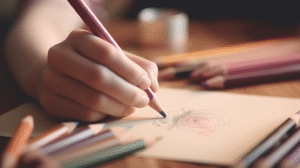
Comments